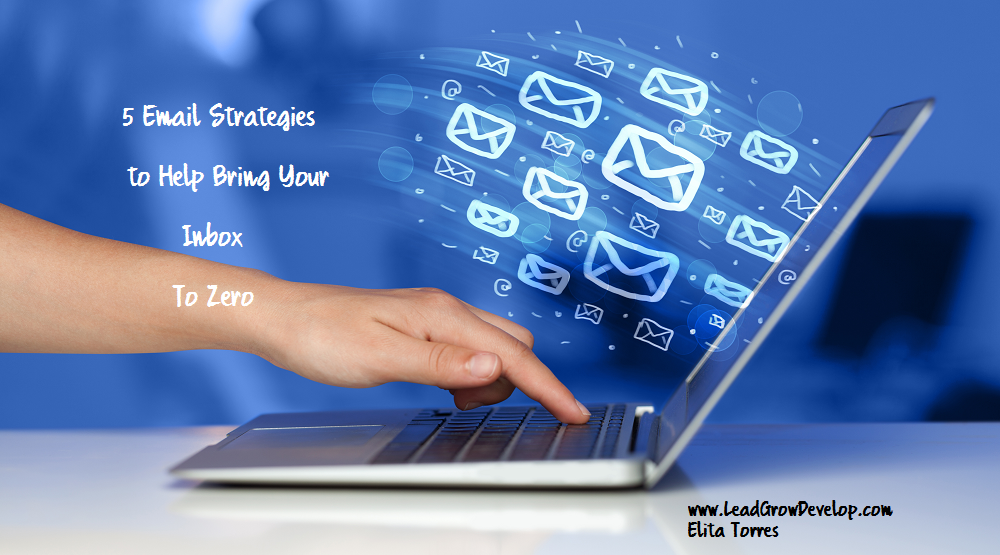How does email affect your productivity? Before you can answer that question, you need to ask yourself how much time you spend reading, composing and responding to email? I used to feel overwhelmed with the amount of email and responses that I used to receive. Mostly because those emails and in turn requests, were not in my original plan. I found myself rearranging my priorities to respond to the priorities of others. I knew, that if I were to stay on my course, I needed to do things differently.
How do you create an effective work routine? Choosing what you want it to be rather than let others dictate it.
According to the Radicati Group, in 2014, business users sent and received on average of 121 emails a day, and this is expected to grow to 140 emails a day by 2018. These statistics do not include personal and spam emails that one might receive throughout the day.
Let’s be conservative and say that about 20% of your business emails require a response. That means that an extra 28 tasks just got added to your to-do list.
If you don’t have a system in place to control your email, it can be a huge deterrent to your productivity.
The good news is that there are strategies that you can put in place to help you regain control of your Inbox.
5 Email Strategies to Help Bring Your Inbox to Zero:
Consolidate your Emails
How many email addresses do you have? The more email addresses you have, the more follow up you need to do. Try to consolidate your email addresses as much as you can. Do you belong to any Forums, or communities? Set it up so that any direct messages gets sent to one of your email addresses. This allows follow up to be easier, without having to log into multiple sites. My Twitter direct messages get forwarded to one of my email accounts which makes it easier to manager.
I have 3 accounts; business, personal and one for this blog. Any more would affect my productivity.
Create a Schedule for Processing Emails
The first thing I used to do in the morning was read my emails. The problem with this was that I had my schedule already planned. Reading my emails often took me away from something else that I had planned to do. Often, those other things were on my priority list.
A best practice is to review your agenda for the day first and then work on your Most Important Tasks for the day. Emails should come only after your most important tasks are set in motion. Create a schedule for processing emails (i.e. 9h 12h 16h) and set a time limit. I now set a 30 min. time limit per session.
The 5 Minute Rule
How do your process your emails? Do you read through all of them once, then go back to those that require action? This means that you are reading the same email more than once reducing the time it takes to process all your messages.
Try practicing the 5-minute rule: When you read an email and the action required takes less than 5 minutes to complete, DO IT. This avoids you having to go back to it later and maybe forgetting about it. The more you can read your emails just once, the better your productivity.
Triple D’s and F
Follow these next steps and with practice, you will quickly go through your emails.
With each email, ask yourself this question, “Is it Actionable”? Does it require an action from you?
If Actionable, follow these steps:
Do It- If it will take you less than 5 minutes
Delegate It – Can you defer this email to someone else who can successfully complete it?
If it is not Actionable, follow these steps:
File It – If the message is informational in nature and that you will require later, file it. Word of caution, don’t create too many files. Try to keep it to less than 5 folders for quicker reference after.
Delete it – If it is not information that you will need later and if it is not actionable, delete it. I know several people that have an issue with deleting email feeling like they might “one day” require the information. Learn to keep your Inbox lean. Learn to Delete.
Which email strategies work for you?

